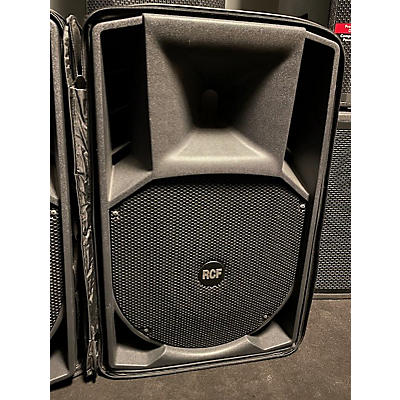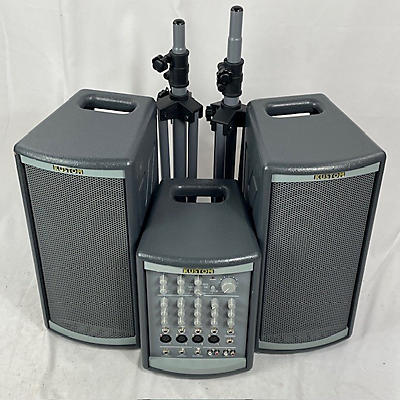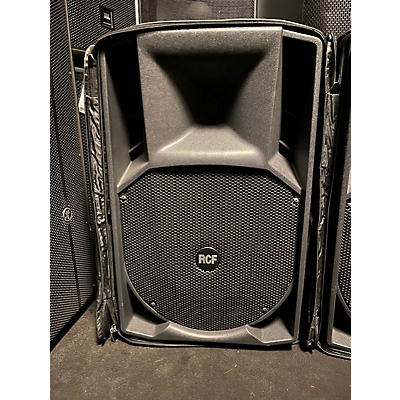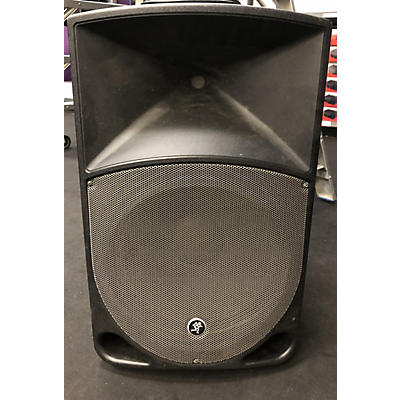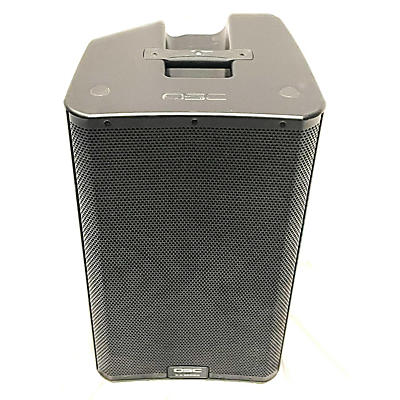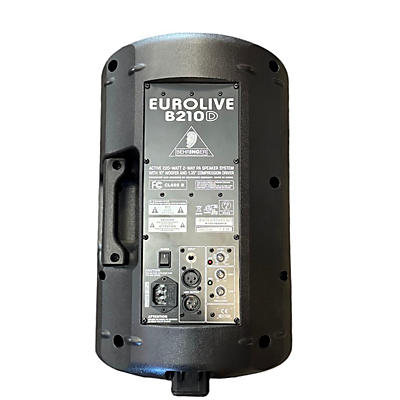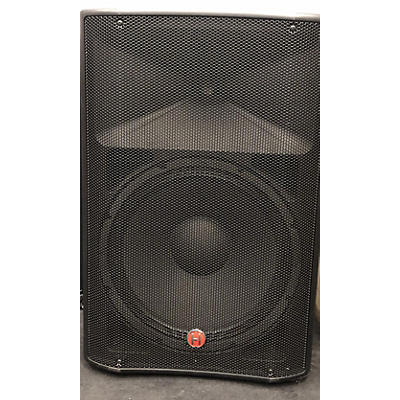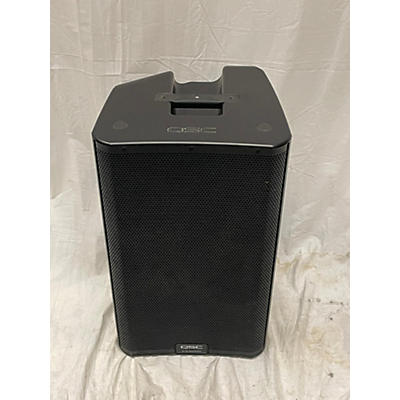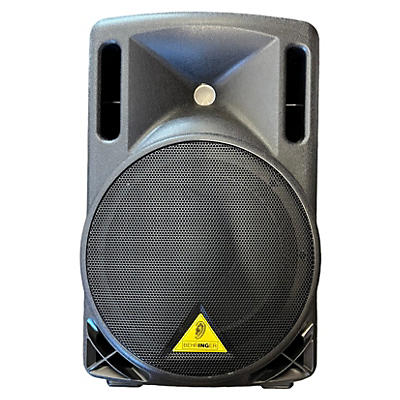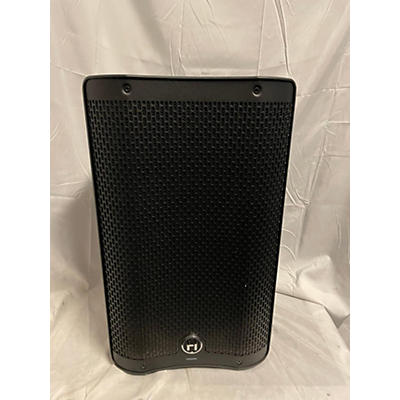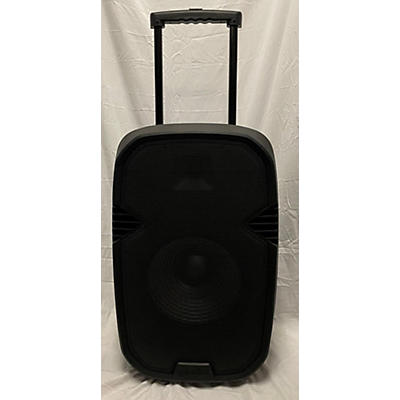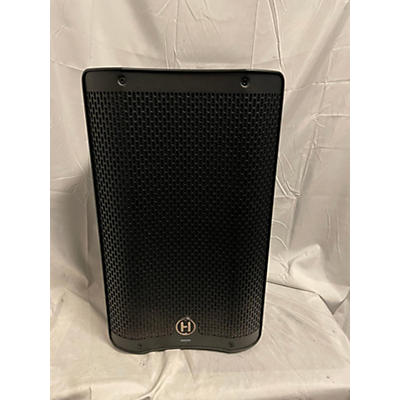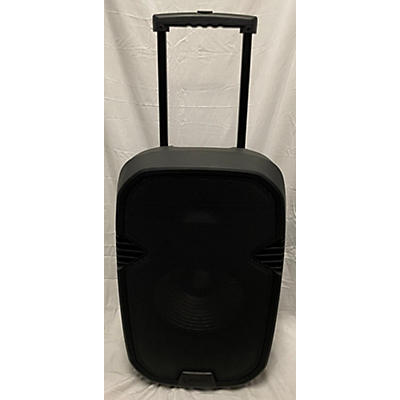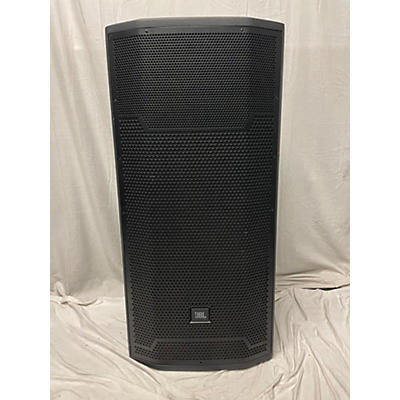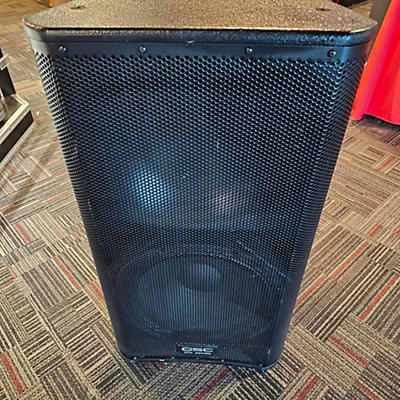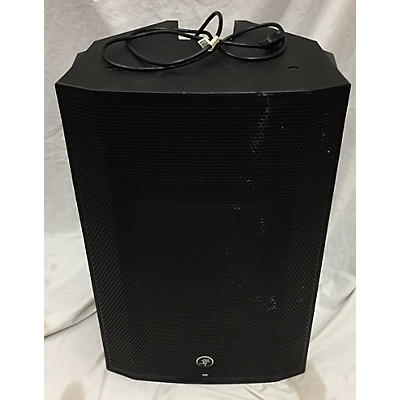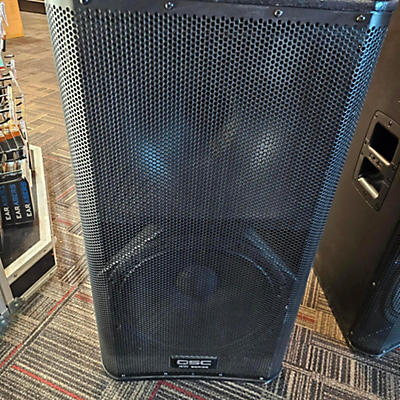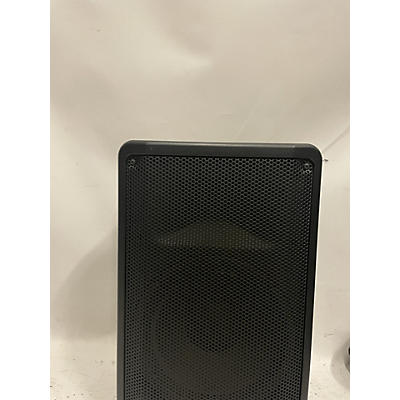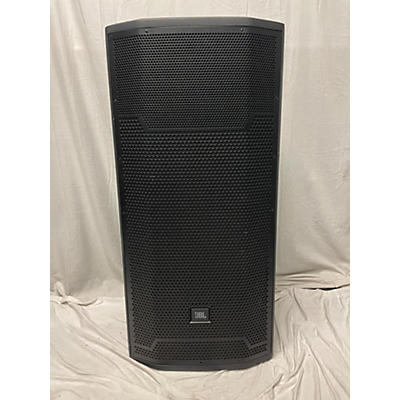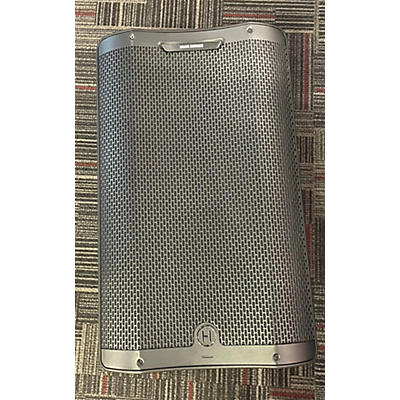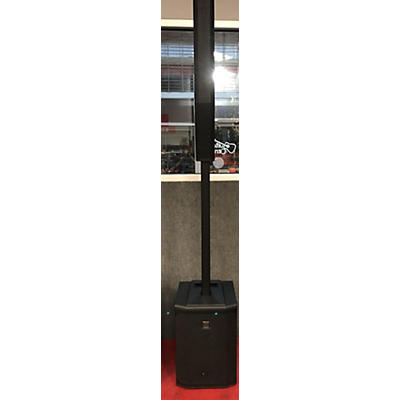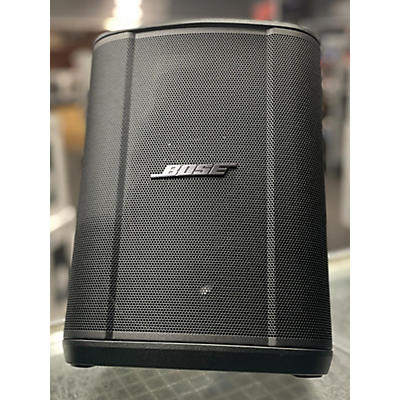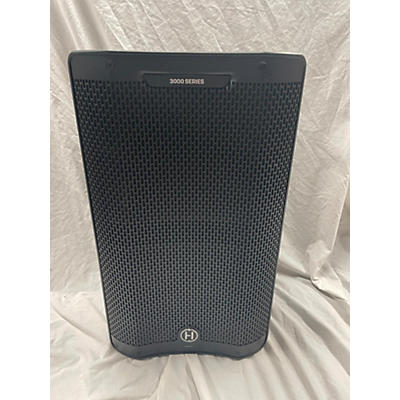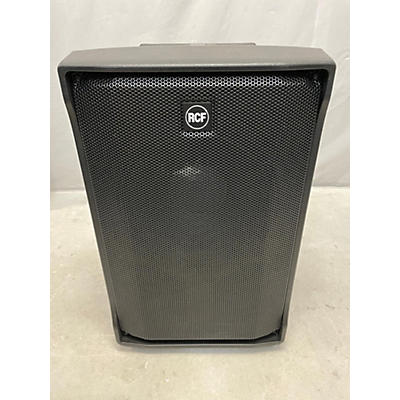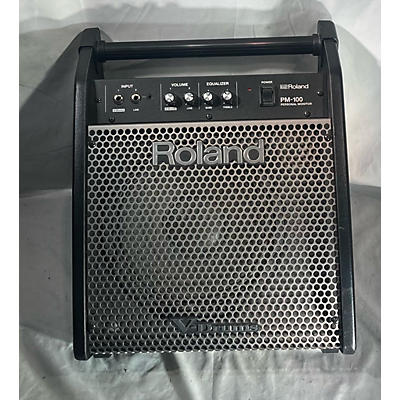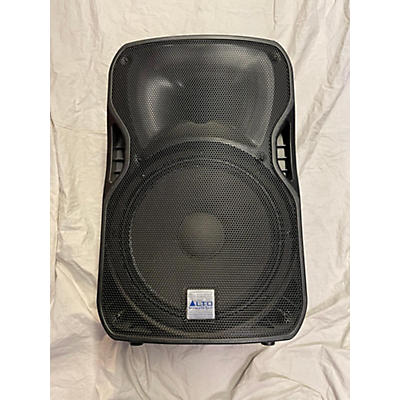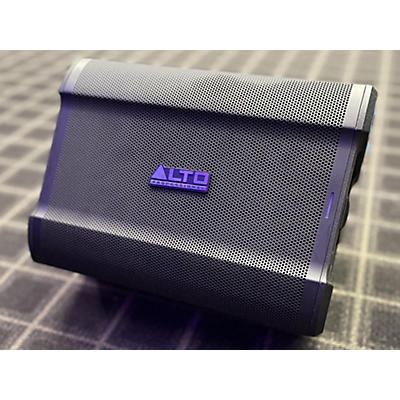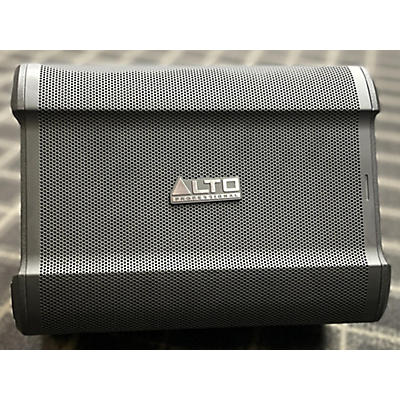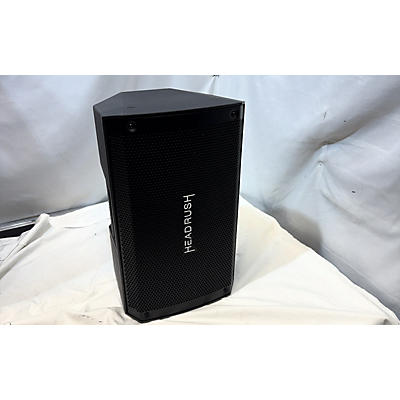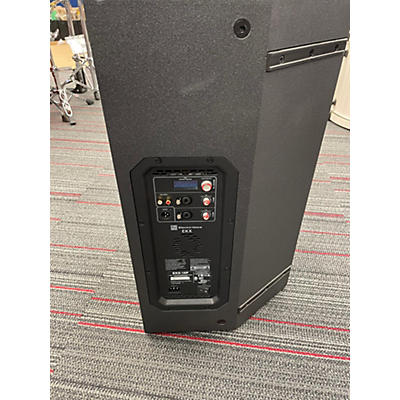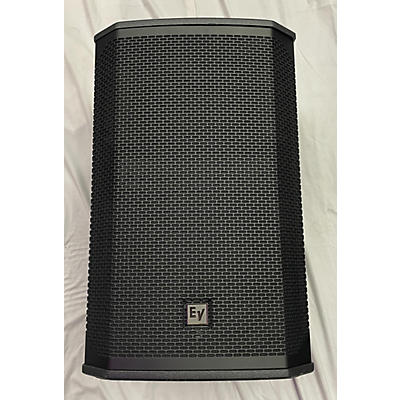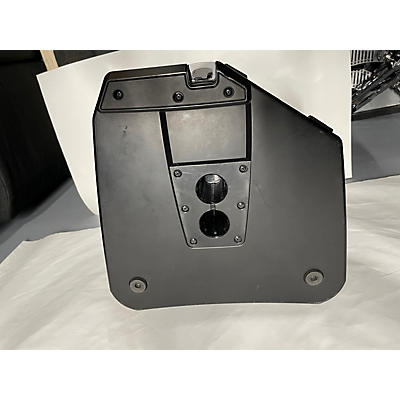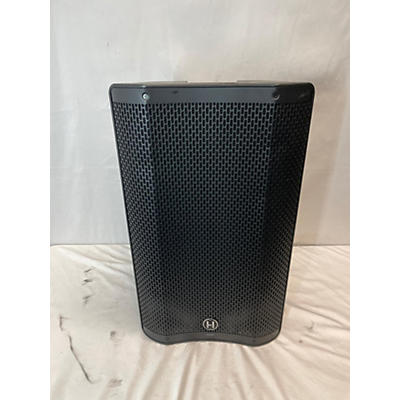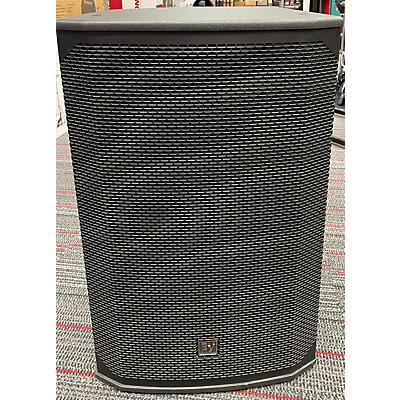About PA Speakers
The foundation of any DJ setup, music concert or other performance is a set of good PA speakers, also known as loudspeakers. Quality sound is important, so get the best loudspeakers you can afford. Whether you’re a wedding DJ or a venue owner, it’s better to invest in a good sound system that can be scaled up as your budget allows. The best loudspeakers hold their value and deliver reliable, consistent performance for many years. From powered speakers to passive speakers, Musician’s Friend has a wide range of options from trusted brands such as QSC, Mackie and BASSBOSS.
Passive versus Powered Speakers
Also called active speakers, powered speakers have their own built-in power amplifiers. In contrast, passive speakers require a separate outside power source to function. Both types have benefits and drawbacks. Active speakers are more convenient and quicker to set up since their amplifiers are integrated. This convenience saves you the trouble of transporting heavy amplifiers. Powered speakers’ amps are perfectly matched to their drivers for optimal performance.
In contrast, unpowered speakers require careful selection of a power amplifier. However, passive speakers have two distinct advantages. Firstly, passive speakers don’t need power cables—only signal cables. That saves time and labor running cables at a gig, especially in a larger setup. Secondly, passive setups allow for more convenient sound processing control.
When a venue’s front-of-house sound system is powered by multiple amplifiers located in one place, it’s easier to adjust the sound at once. This is especially true when tweaking the DSP settings of a amps to customize sound to match a venue’s acoustic characteristics. Although powered PA systems are popular for mobile applications, unpowered speakers dominate in concert venues and large nightclubs.
How PA Speakers Are Used
A live sound PA system can make or break an event. From mobile DJ performances to large music concerts, a good sound system is invaluable. PA systems at stadiums and arenas require powerful sound for clear announcements. Nightclubs require robust live sound installations for dance music playback.
Churches and houses of worship require PAs for performances and vocal reproduction. Businesses, corporate boardrooms and convention centers use amplified sound so that presentations reach the entire audience. Karaoke DJs prefer all-in-one mobile PA systems. Karaoke setups often have built-in mixers, media players and sound effects.
How to Choose the Best Loudspeakers
Deciding which loudspeakers are best for you can feel overwhelming. The major factors to consider are your budget, the size of your audience and the size of your venue. Greater power goes hand-in-hand with an increased sound pressure level (SPL). Generally, the larger the venue, the more power you’ll need. The intended use of the speakers also helps narrow your search. It also helps you choose between powered and passive loudspeakers.
A live sound installation at a nightclub will focus on power and require subwoofers for more bass output. A PA system used for speeches and presentations will focus on vocal clarity and a wide coverage. Mobile DJs need lightweight, portable speakers that deliver reliable performance. Regardless of the application, don’t just look for the loudest speakers. Audio quality is more important than maximum SPL. Search for PA loudspeakers that sound clear even when pushed to their limits.
Components of a Full-Range PA Speaker
While concert line array systems are designed to be used with separate subwoofers, full-range speakers are made to deliver low, middle and high frequencies. They can be augmented with subs, but they often produce strong bass on their own. Some full-range PA loudspeakers rely on a single driver, but in the realm of pro audio, most live sound speakers have a 2-way or 3-way configuration.
Two-way speakers have a main driver that produces low and mid-range sounds. A smaller driver, called a tweeter, is dedicated to high-frequency output. Within a 3-way PA cabinet, another driver produces vocals and other mid-range frequencies. This frees up the larger woofer to only reproduce bass frequencies. In general, 3-way loudspeakers will provide a wider frequency response range compared to 2-way speakers.
PA Speaker Cabinet Construction
PA speaker cabinets have traditionally been made of wood. Most modern PA speakers feature cabinets molded from ABS plastic. The benefit of a molded plastic enclosure is that it’s lightweight, yet durable. Plastic allows more complex cabinet designs, such as personal line arrays. Wood cabinets are heavier, but they produce superior sound quality. Manufacturers’ flagship professional speakers usually feature wooden cabinets. Concert and tour-grade speakers are almost exclusively built with wood.
Line Array Speakers
Line array systems are commonly used in concert venues. They are ideal for providing high output over greater distances. They are usually suspended or “flown” from a ceiling or truss. Line arrays consist of multiple speakers stacked atop one another. They form a vertical line that is curved outward toward the audience.
The speakers at the bottom of the array are angled downward toward the closest concertgoers. The speakers at the top of the array are more horizontal, pointed outward toward the most distant seats in the venue. Each speaker in a line array has a very narrow coverage pattern to ensure a long throw.
Some companies have taken this technology into the realm of mobile sound. Manufacturers such as JBL, Harbinger, Bose and Electro-Voice offer personal line array PA systems. These portable loudspeakers are modular. They have a subwoofer base unit and a tower containing a vertical array of high-frequency drivers. Personal line arrays offer all-in-one convenience and portability. They are ideal for coffeehouses, fitness studios and smaller venues.
Wireless Loudspeaker Technology
Technological advancements have made power amplifiers more powerful, more efficient and more portable. But the biggest innovation in live sound is wireless technology. Newer powered loudspeakers have Bluetooth connectivity, which allows users to wirelessly stream music from any compatible device. Others feature Wi-Fi connectivity, which creates a new level of convenience. With compatible speakers and a Wi-Fi-enabled mixer, sound engineers can EQ a sound system wirelessly from anywhere in the audience.






































































































































